Introduction
In music production with computers, the purpose of using EQ is to alter the content of the signal in specific frequency bands. It’s particularly crucial during the mixing stage of a track to ensure that one track doesn’t negatively affect another. Cutting out interfering frequencies or enhancing specific tones makes EQ an indispensable tool in music production.
This time, I’m going to introduce some of my personal favorite EQ plugins to use in your DAW software(Digital Audio Workstation).
Contents
FabFilter / Pro-Q3

This is my most frequently used EQ. Its intuitive operation makes it easy to apply excellent EQ adjustments.
As you can see in the image, it boasts exceptional visibility. You can finely adjust the Q value and frequency while intuitively drawing and adjusting the slope. It handles Left/Right processing and mid/side processing for each band effortlessly.
You can switch the spectrogram to a numerical display and adjust only at specific frequencies (Hz). Additionally, the dynamic EQ mode, not present in the previous model (Pro-Q2), is now available in Pro-Q3. This allows you to adjust the EQ effect based on the gain level, a highly recommended feature. It’s now effortless to make fine adjustments that used to require detailed automation.
In short, this EQ covers all your needs.
⇒ FabFilter / Pro-Q3 Plugin Simple Package Version
Waves / Renaissance EQ
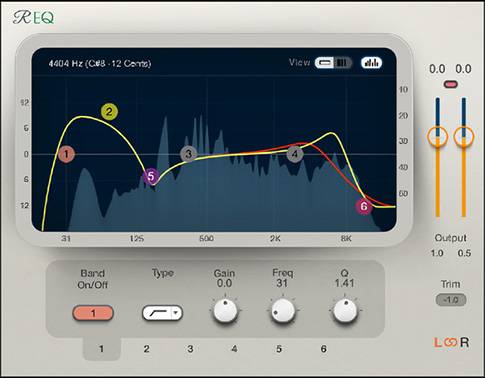
This is another classic EQ that’s still widely used despite being around for a long time. It was included in the Waves Gold bundle, the first third-party plugin bundle I purchased when I started to create music on computers. I’ve been using it for years since then.
The main selling point of this EQ is its simplicity and usability!
The Renaissance EQ covers all basic EQ functions, using six bands for filtering or creating bell curves. It also features the Trim button for simple automatic level adjustment. Its lack of additional complicated features makes it easy to understand and ideal for those new to EQs to learn its structure.
In my personal experience, this EQ is suitable for making natural changes without spoiling the original sound. I often use it for final touches in group track adjustments or mastering EQ.
While you can purchase it as a single plugin on the manufacturer’s website, buying it as part of a bundle with other plugins is more cost-effective.
- ⇒ Waves Silver
- ⇒ Waves Diamond
- ⇒ Waves Gold Bundle Download
- ⇒ Waves Platinum Simple Package
- ⇒ Waves Horizon Simple Package
- ⇒ Waves Mercury Simple Package
Eventide / SplitEQ

Many users must be familiar with this one. Eventide’s SplitEQ stands out for its ability to separately adjust transient and tonal elements. In the image above, the green curve represents transients and the blue curve represents tonal adjustments. You can also monitor and confirm only the transient or tonal elements.
Though the precise definitions differ, in this plugin, transients refer to the attack or outline of the sound, and tonal elements refer to the sustained parts. The manufacturer’s official video provides an excellent explanation.
It’s particularly effective for processing sounds like snare drums, as shown in the video.
Tasks that required multiple EQs and de-essers on a single track can now be managed with just SplitEQ.
With over 150 presets, beginners can choose a preset close to their desired sound and adjust from there.
However, due to its high functionality, it can be somewhat CPU-intensive, so use it judiciously for critical adjustments.
Extra: DAW Built-In EQ
I was curious about what EQs my colleagues at Sound House use regularly, so I conducted a quick survey. Many staff members rely on the built-in plugins that come with their DAW software. Reasons include “familiarity” and “low CPU load”, and I agree that built-in plugins nowadays are of fairly high quality. Here are some mentioned in the survey:
Image-Line / Fruity Parametric EQ2

Included with FL Studio, this EQ is known for its high analyzer accuracy. You can solo or mute each of the seven bands for detailed monitoring. Its colorful interface also makes it highly visible.
Steinberg / Frequency

Cubase’s Frequency is a simple and user-friendly 8-band parametric EQ that allows fine adjustments.
It also supports “Left/Right”, “Stereo”, and “Mid/Side” switching, which many built-in plugins lack. The Cut 96 option applies an extreme 96dB filter, making it versatile for both subtle and dynamic adjustments.
Conclusion
What do you think? There’s much more to the charm of the items introduced here than what I’ve covered. If I get another chance, I’d like to delve deeper into how to use EQ practically. Try out various EQs and find the plugins that best suit you.






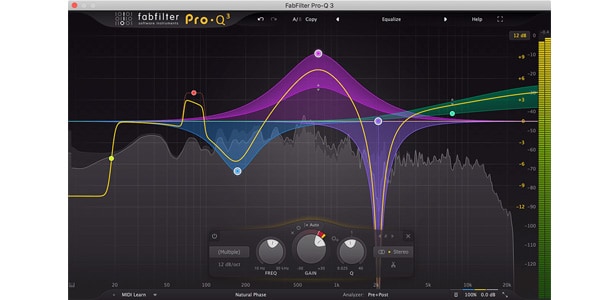
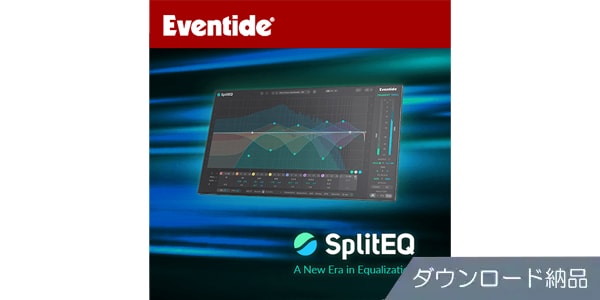
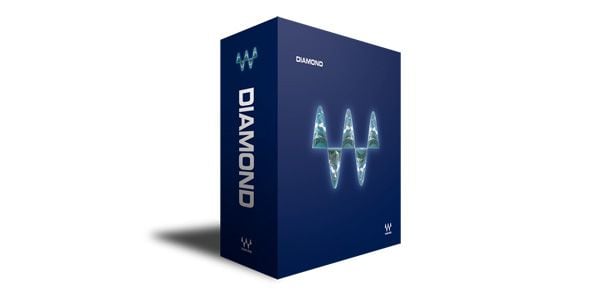
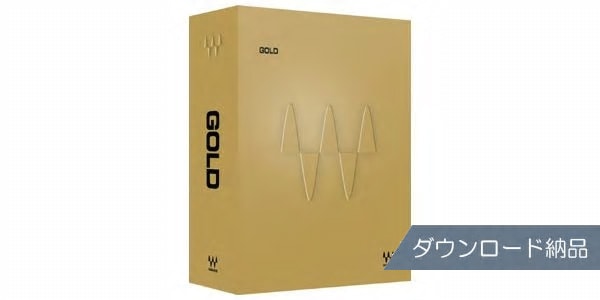
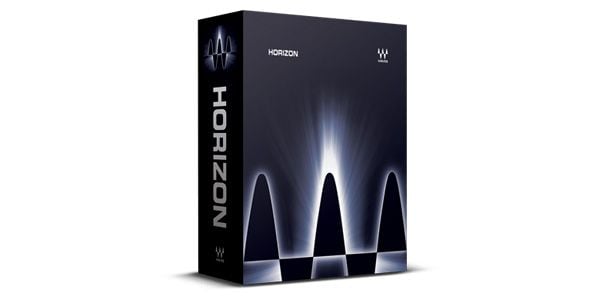
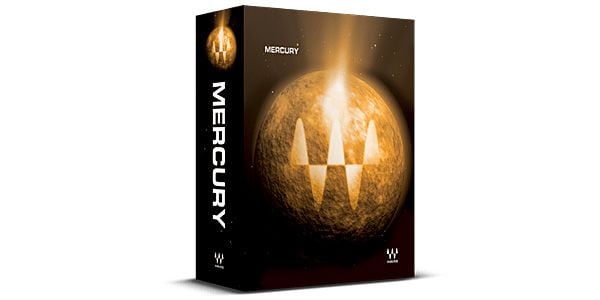
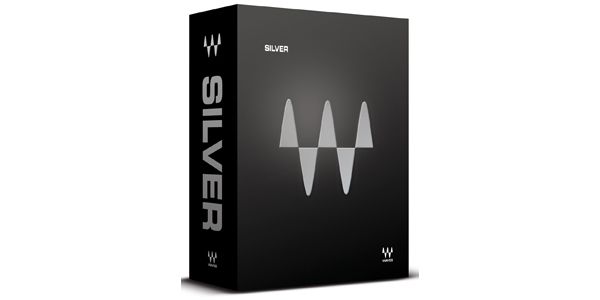
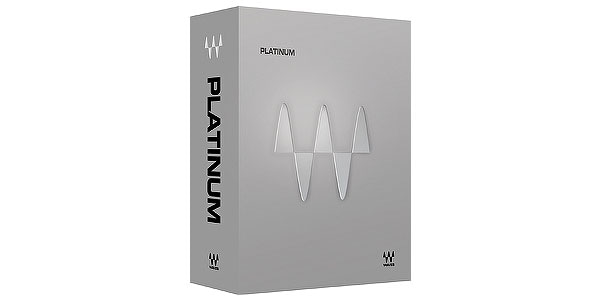

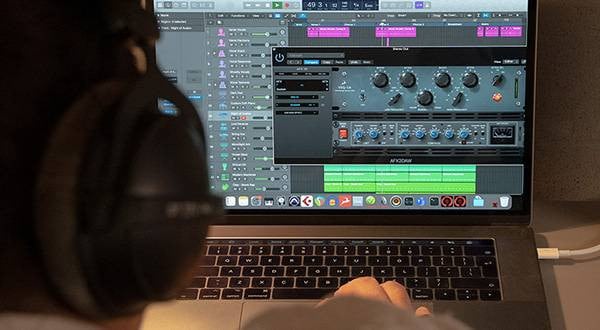
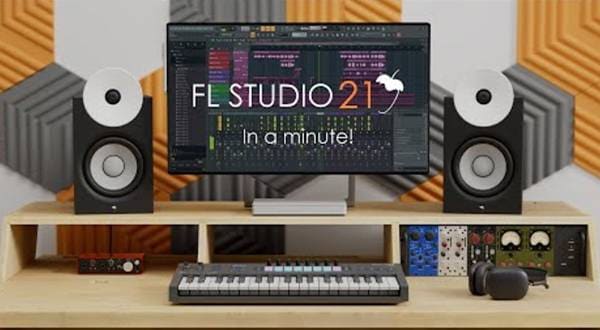
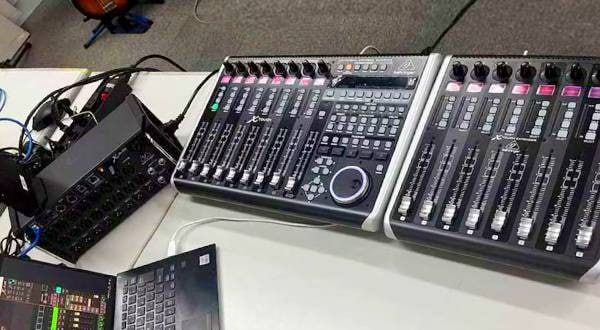

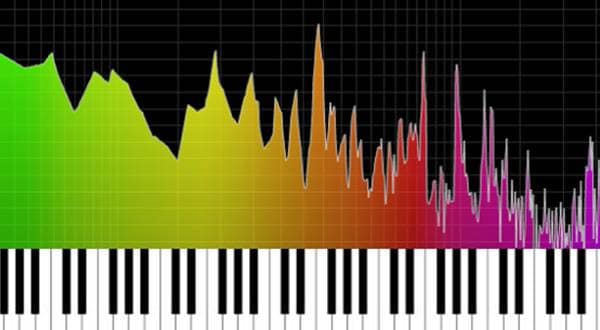
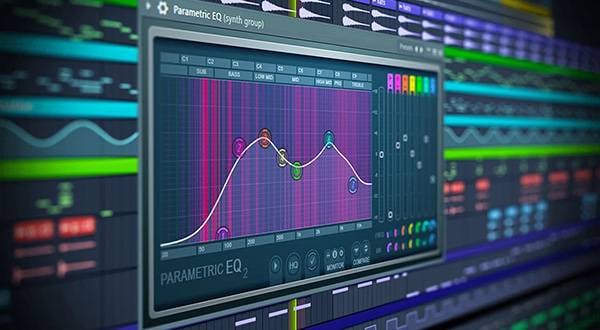
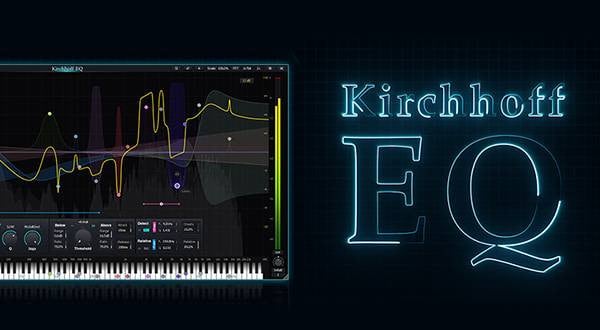
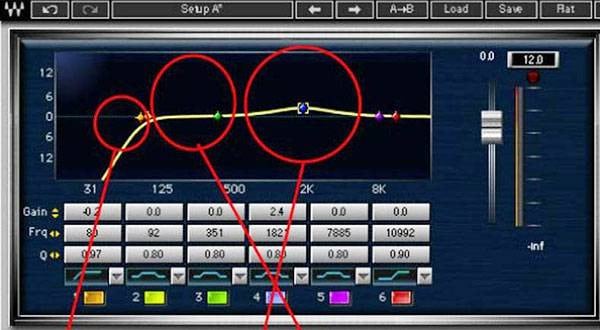

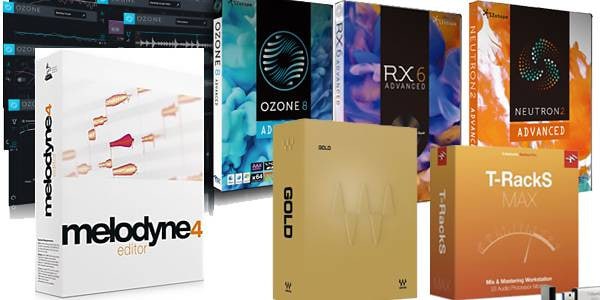
 定番DAWソフトウェア CUBASE
定番DAWソフトウェア CUBASE
 iZotopeが手がけるオールインワンDAW “Spire”
iZotopeが手がけるオールインワンDAW “Spire”
 DTMセール情報まとめ
DTMセール情報まとめ
 DTMに必要な機材
DTMに必要な機材
 停電時にパソコン、作曲データを守る!!
停電時にパソコン、作曲データを守る!!
 DTM・DAW購入ガイド
DTM・DAW購入ガイド















